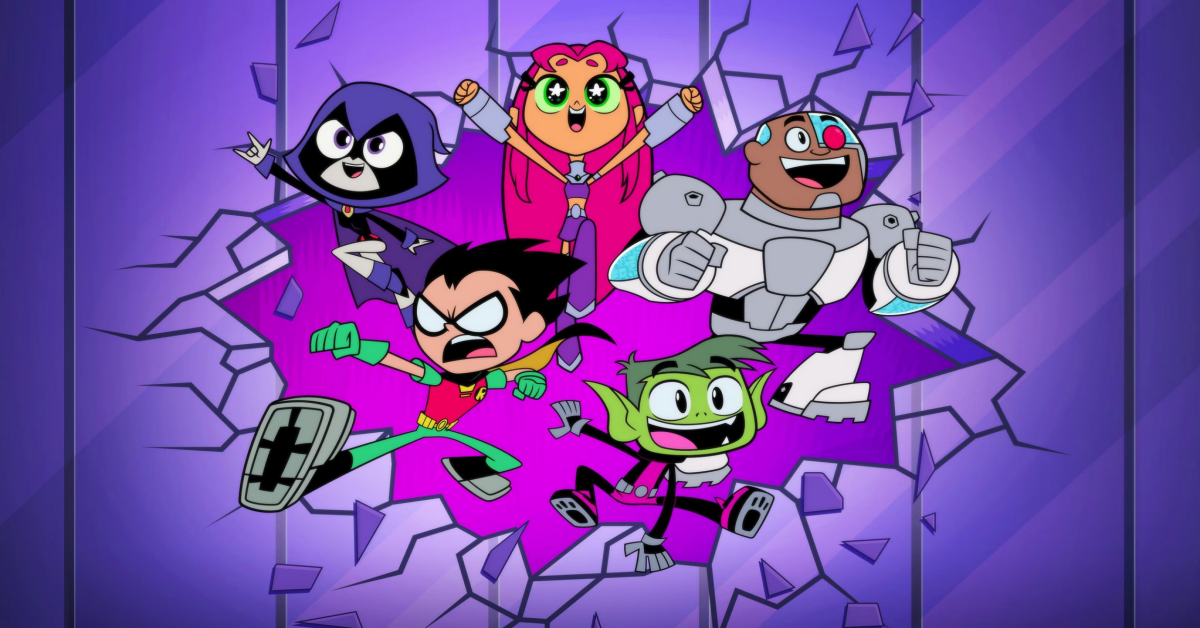
The Evolution of Humor in Teen Titans Go: From Slapstick to Subtle Satire
Teen Titans Go! has carved its niche in the realm of animated television, especially among younger audiences and those who grew up with the original Teen Titans series. What began as a slapstick comedy focused on the juvenile antics of Robin, Starfire, Raven, Beast Boy, and Cyborg has evolved significantly over the years. This blog explores the remarkable transformation of humor within the show, highlighting how it has transitioned from pure slapstick to a nuanced form of subtle satire.
The Slapstick Roots
When Teen Titans Go! first hit the screens in 2013, it was clear that its comedic style was heavily grounded in slapstick. Characters often found themselves in ridiculous and over-the-top situations, leading to visual gags and physical comedy that appealed to both children and adults alike. The humor was straightforward, relying on exaggerated expressions, absurd premises, and layered misunderstandings. This approach was engaging for younger viewers, promoting laughter with its vibrant animation and instantly relatable scenarios, such as the team's humorous interactions with villains or trivial day-to-day challenges that often spiraled hilariously out of control.
The Shift Towards Subtlety
As the series progressed, there was a noticeable shift in the writing and humor of Teen Titans Go!. The show's creators began to weave in a more sophisticated approach to comedy, integrating elements of parody, meta-humor, and observational wit. Episodes began to poke fun at the superhero genre itself, showcasing self-aware jokes that celebrated and critiqued superhero tropes. For instance, the characters would often break the fourth wall, directly addressing the audience about their superhero personas, and reflecting on how such roles often led to predictable endings.
Cultural References and Social Commentary
Alongside the transition from slapstick to subtle satire, Teen Titans Go! also started incorporating cultural references and social commentary into its humor. By alluding to popular movies, trends, and even other cartoon series, the show became more relatable for a broader audience, not just children. This evolution in humor has allowed it to engage fans who grew up watching cartoons in the early 2000s while welcoming new fans with a palette for silliness and clever commentary. Episodes featuring situations akin to classic films or memes add layers of appreciation for a diverse audience, reinforcing the show's ability to grow and adapt as pop culture shifts.
The Merchandising Boom
Subsequent to this evolution, Teen Titans Go! found an avenue not only for entertainment but also for merchandising opportunities. The show's quirky humor and memorable characters led to a significant range of Teen Titans Go Merch, including toys, clothing, accessories, and collectibles. This merchandise captures both the slapstick appeal for younger fans and the subtle, witty undertones appreciated by older audiences. As fans proudly wear Teen Titans Go t-shirts or display figures of their favorite characters, the brand continues to thrive, bridging generations while recognizing its comedic journey from lightheartedness to clever satire.
In summary, The Evolution of Humor in Teen Titans Go! reflects the broader transformations in animation and storytelling. What began as a lively showcase of slapstick humor has grown into something deeper, more nuanced, and reflective of contemporary society. By embracing self-referential comedy and cultural commentary, the show caters to a diverse audience while still being true to its roots. The popularity of Teen Titans Go! merchandise only amplifies this, allowing fans to connect with the series beyond the screen. As this talented show continues to develop, only time will tell how its humor will evolve further.
.png)